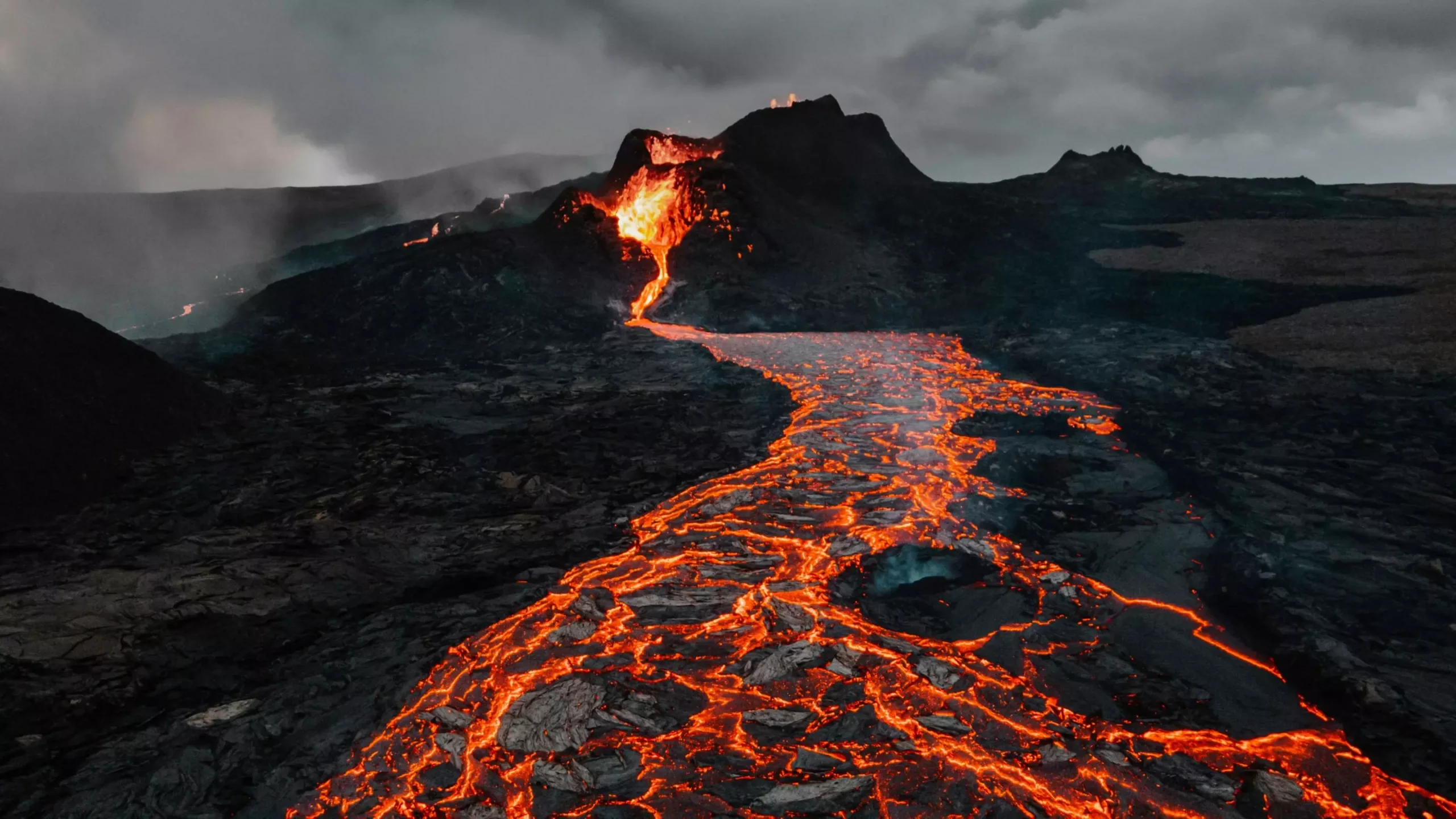Nature has always been a source of inspiration for scientists, especially when it comes to finding answers to some of humanity’s most pressing challenges. The study of Earth’s geological history provides a unique and long-term perspective on global warming. Throughout history, the planet has experienced periods of catastrophic volcanic eruptions that released vast amounts of carbon into the atmosphere and oceans. These events led to rapid climate warming, mass extinctions, and disruptions in the carbon-climate regulation system.
A team of Earth and environmental scientists from ETH Zurich, University of Arizona, University of Leeds, CNRS Toulouse, and WSL conducted a study to understand how vegetation responds and evolves in the face of major climatic shifts. The researchers compared geochemical analyses of isotopes in sediments with a specially designed model that included the role of vegetation in regulating Earth’s climate system. By studying three significant climatic shifts in geological history, including the Siberian Traps event, the team aimed to uncover the impact of carbon emissions on Earth’s climate.
The Siberian Traps event, which occurred about 252 million years ago, released a massive amount of carbon into the atmosphere over a span of 200,000 years. This event led to a significant increase in global average temperatures, resulting in one of the most severe extinction events in Earth’s history. The recovery of vegetation from the Siberian Traps event took millions of years, during which the planet’s carbon-climate regulation system was weakened, leading to long-term climate warming.
The study found that disruptions in vegetation during past geological events increased the duration and severity of climate warming. In some cases, it took millions of years for the climate to reach a new stable equilibrium due to the reduced capacity of vegetation to regulate the carbon cycle. The researchers emphasize the importance of functioning vegetation in recovering from abrupt climatic changes. Today, human-induced climate change poses a major global bioclimatic crisis, as we release greenhouse gases at a faster rate than any previous volcanic event and contribute to widespread deforestation.
The Role of Vegetation in Climate Regulation
Professor Loïc Pellissier highlights the crucial role of vegetation in maintaining Earth’s carbon-climate regulation system. He emphasizes that the rapid release of greenhouse gases and deforestation have significantly reduced the ability of natural ecosystems to regulate the climate. The study underscores the importance of understanding Earth’s geological history and the impact of past climatic shifts on the planet’s carbon-climate regulation system.
The research sheds light on the complex relationship between geological events, vegetation, and climate regulation. By studying Earth’s geological history, scientists can gain valuable insights into how the planet responds to disruptions in the carbon cycle. As we face the challenges of human-induced climate change, it is crucial to learn from the past and work towards a more sustainable future for our planet.


Leave a Reply